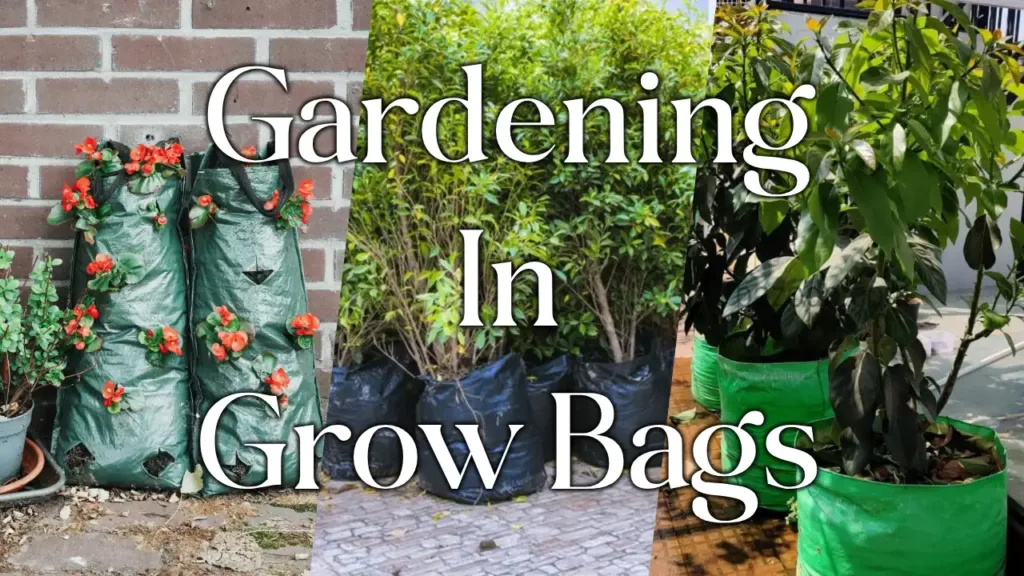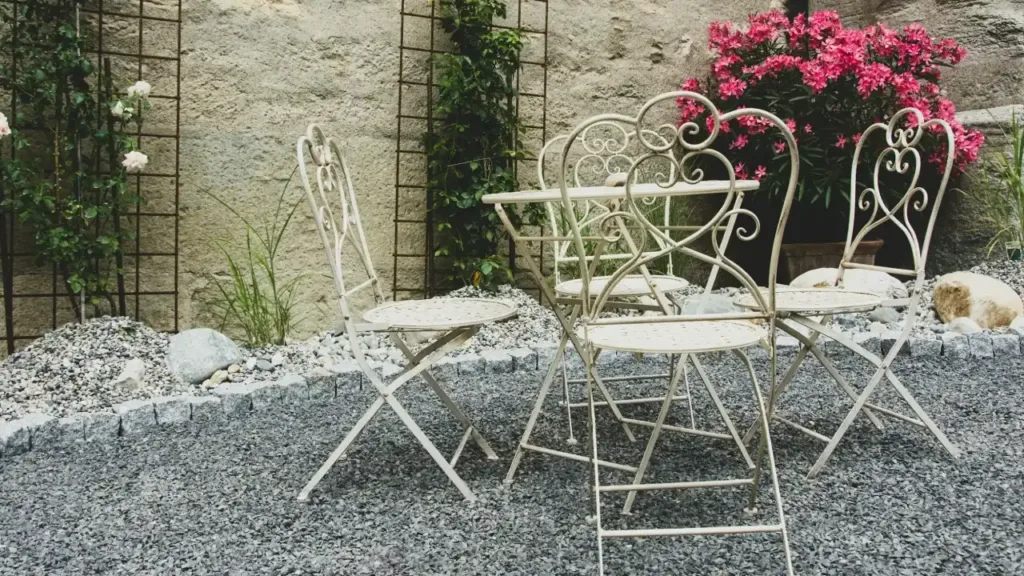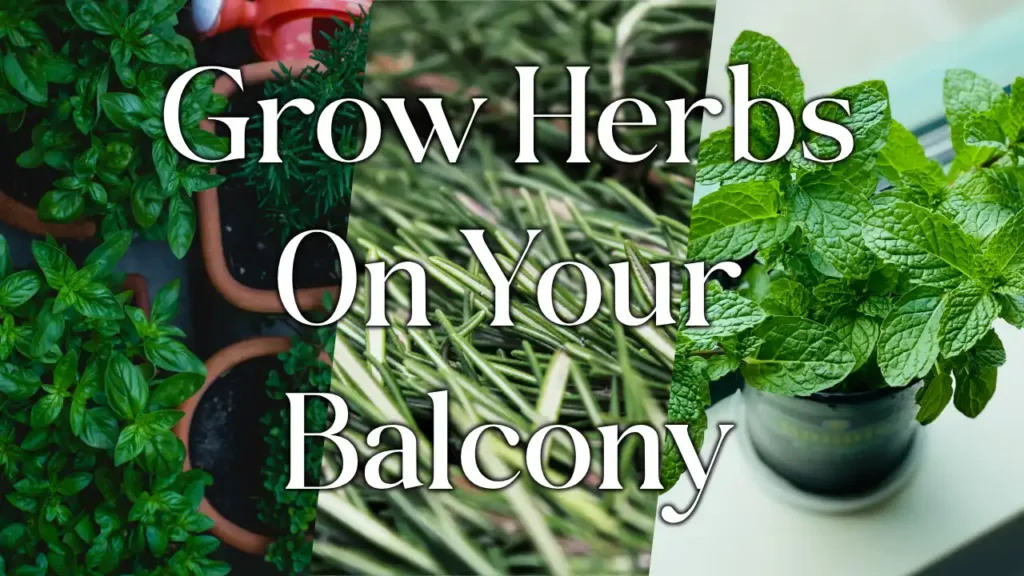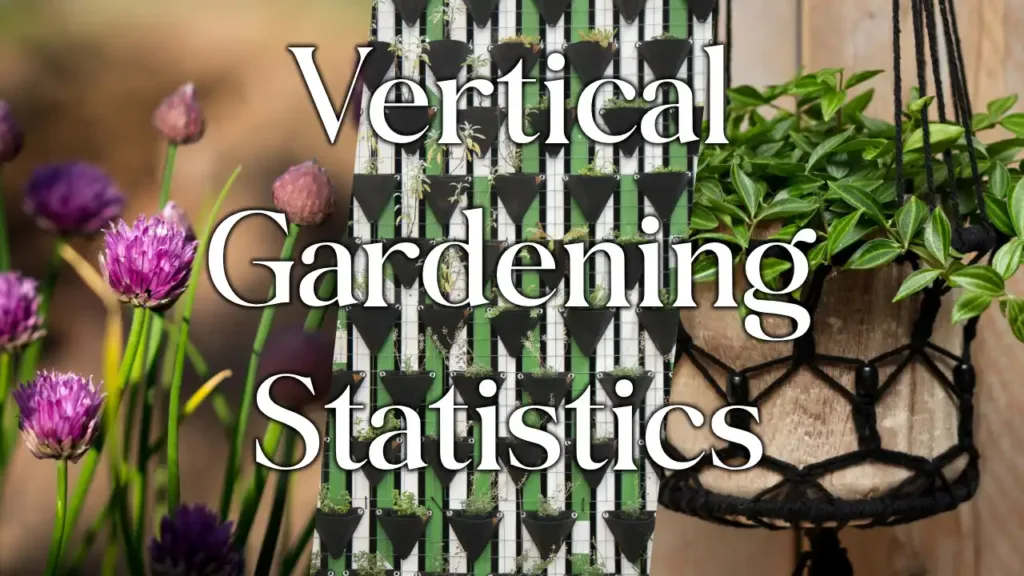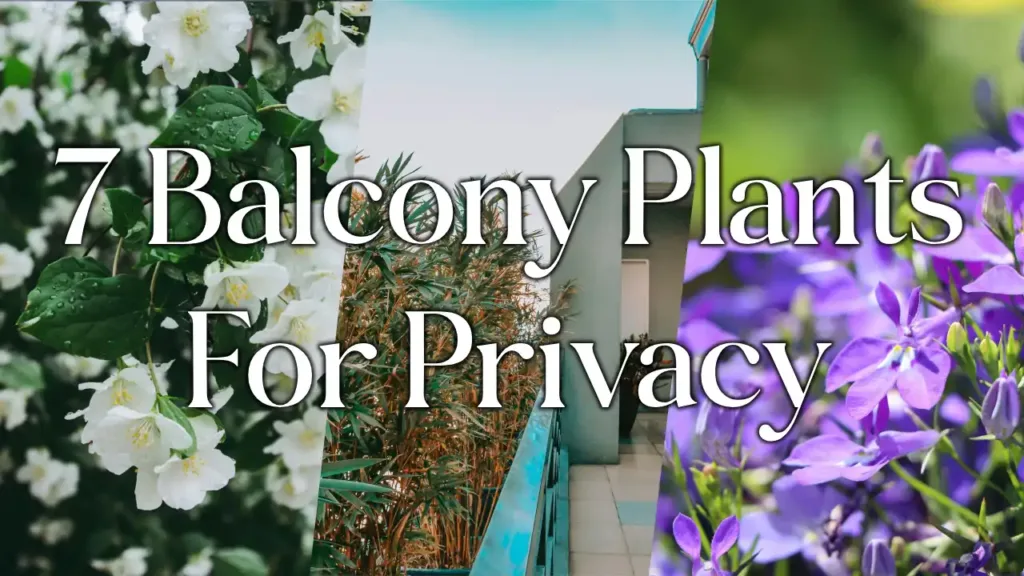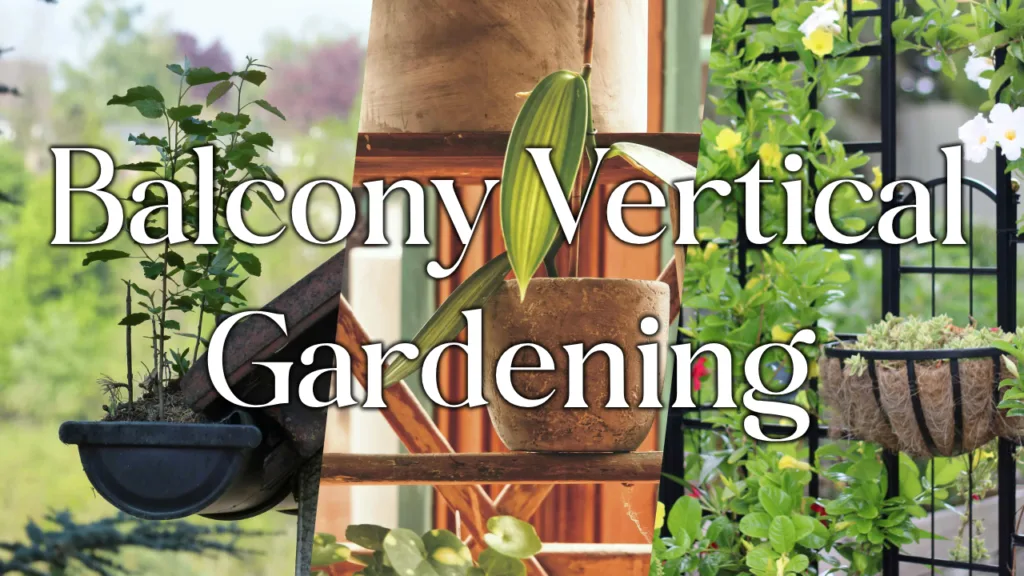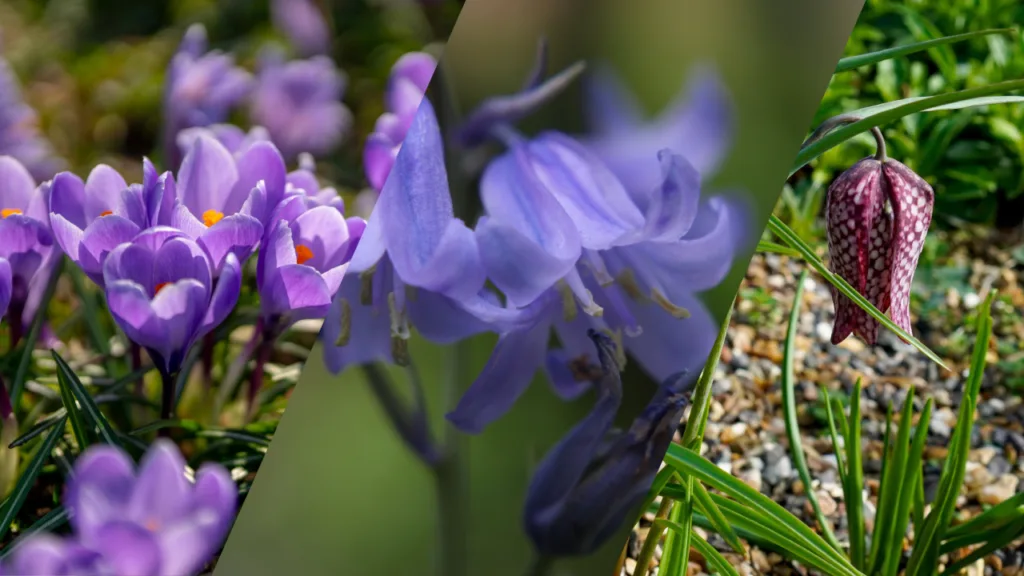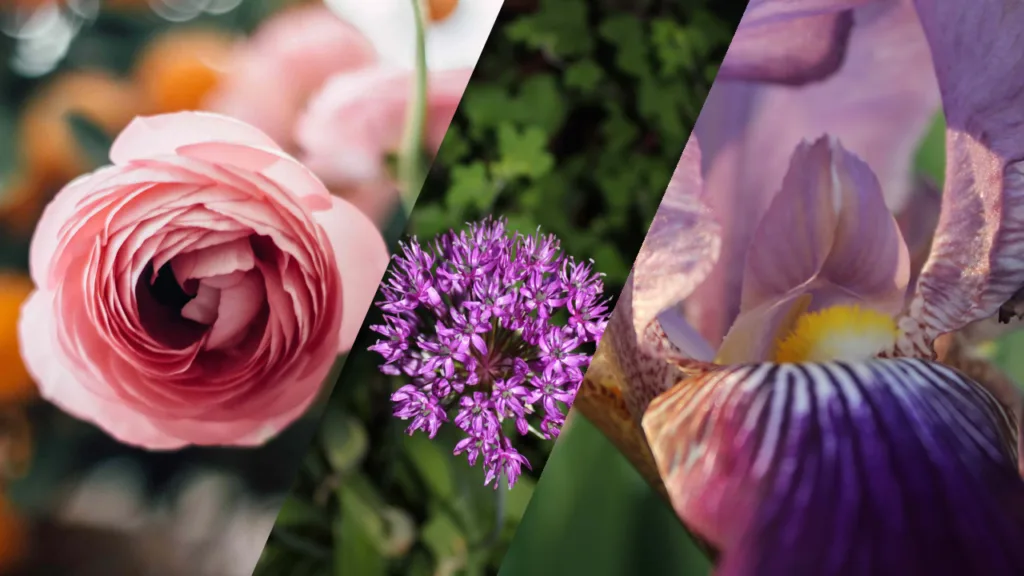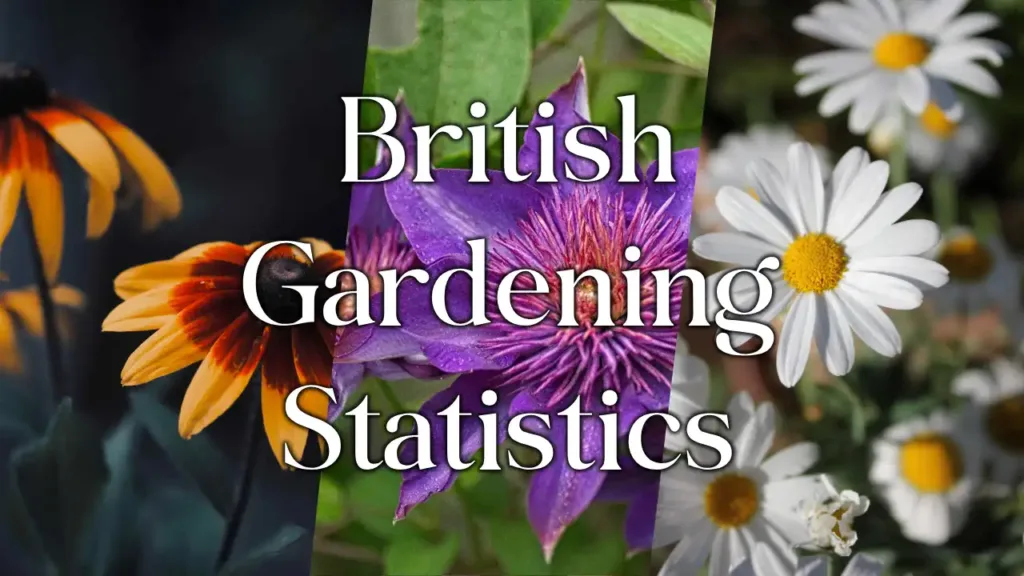Gardening in grow bags is an excellent choice for anyone with limited outdoor space, such as those who only have a balcony, or for gardeners looking to maximise their garden’s potential.
My wife and I began using grow bags for our tomatoes a good few years back when we lived in a flat that only had a small balcony. Since then we’ve moved to a country cottage with a good-sized garden, but we still use grow bags to this day due to their flexibility and convenience.
In this article, we’ll share with you our insights and experiences with gardening in grow bags as well as the advantages and disadvantages of farming in grow bags.
Contents
What Are Grow Bags?
For those not in the know, grow bags are plant containers made from a breathable, flexible fabric. These materials allow for better air circulation and drainage within the soil than traditional plastic or ceramic pots, which promotes healthier root growth and prevents plants from becoming pot-bound.
While most people know that grow bags can be used for tomatoes, they can actually be used for almost any plant that can be grown in a container or a raise bed. You can even grow small trees in them!
Advantages of Grow Bags
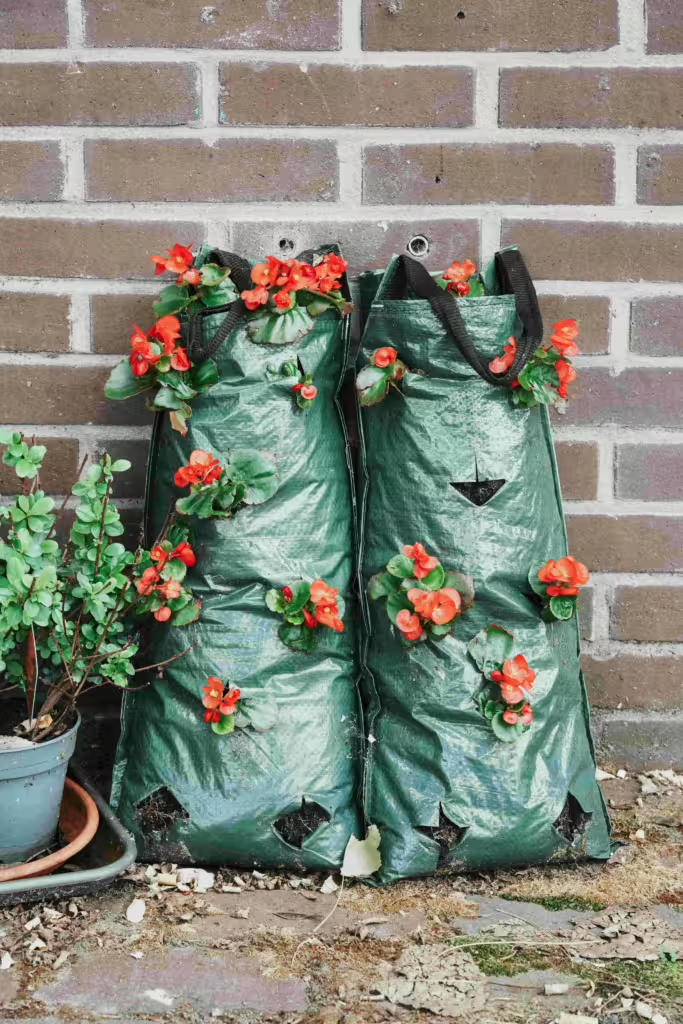
From our experience, grow bags are great because:
- They can easily be packed away: Grow bags are easy to fold and store when they’ve not got a plant in them, which is especially great if you live in an apartment and don’t want lots of dirty pots lying around.
- Root crops are easy to harvest: Harvesting root crops such as potatoes is hassle-free with grow bags. Instead of having to spend a while digging to find your produce, you can simply pour the contents out, preserving the tubers and soil. We’ve even found that some grow bags have flaps in the side to make this even easier!
- They’re cheap: Grow bags are much cheaper to buy than pots, meaning that they’re a great option if you’re looking to keep costs down.
- They prevent plants from becoming pot bound: Grow bags allow air to penetrate through the fabric, which air-prunes the roots when they reach the edges of the soil, encouraging healthier root branching, giving the plant better access to water and nutrients.
Disadvantages of Grow Bags
While we’re big fans of grow bags, they do have some downsides. In our experience, grow bags aren’t great if:
- You live in a dry climate or aren’t able to water your plants frequently: Grow bags aren’t good at holding water, so if you need to water your plants frequently to keep them healthy.
- You prefer more aesthetic containers: If you’re looking for a more visually appealing container, then grow bags probably aren’t for you as they do look quite industrial. We’d recommend taking a look at this guide on choosing the right containers for your balcony garden if this is you.
Our Tips For Gardening With Grow Bags
Find Good Quality Grow Bags
As grow bags can become quite heavy when they’re filled with soil, water and your plants, we’d recommend buying grow bags which are made from heavy-duty landscape fabric, typically polypropylene or polyethylene, to prevent them from tearing. These fabrics are also food-safe which makes them great whether you’re growing edible plants.
Choose The Right Colour Of Grow Bag
The colour of your grow bags aren’t just for aesthetic appeal. The darker the colour of grow bag, the more light and heat they retain, meaning that the roots will get warmer in the day, and stay hot even during colder nights. Therefore, we’d recommend double checking what conditions your plants need to survive before buying your bag.
Choose The Right Size Of Grow Bag
The size of your grow bag is also incredibly important. If you choose a grow bag that is too small for your plant, its root system may become restricted which can limit its total growth. On the other hand, a grow bag that is too large can lead to excessive moisture in the soil which can damage a plant’s roots.
We would recommend choosing a grow bag thats a few inches bigger than the pot that you bought the plant in, and slowly increasing its size as the plant continues to grow.
Choose The Right Soil
We would recommend that you use a well-draining potting soil that is enriched with perlite, or vermiculite to keep your plants healthy. Like any container, you should refresh the soil with fresh compost and slow-release organic fertiliser each year to maintain the nutrient levels and keep your plants healthy.
Keep your Grow Bags Well-Watered
Grow bags generally to dry out faster than traditional containers, meaning that you’ll need to water your plants more frequently to keep them alive. If you’re concerned about being able to water your plants, we’d recommend install an automated drip irrigation system or heavily mulching your soil with organic materials such as shredded leaves or straw as this helps to retain soil moisture.
What Can You Grow in A Grow Bag?
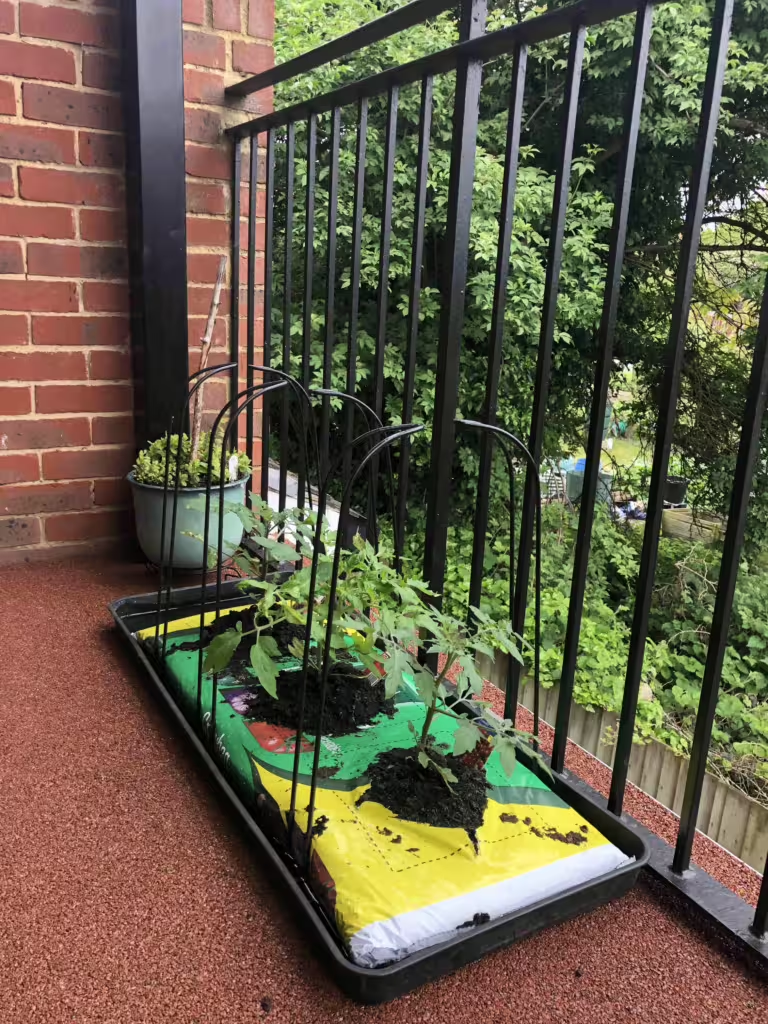
You can grow almost any variety of plant in a grow bag, including vegetables, herbs, flowers and even small trees. Below is a list of the plants that we have grown, or have seen grown in grow bags:
- Tomatoes
- Peppers (bell peppers, chili peppers)
- Potatoes
- Carrots
- Radishes
- Lettuce
- Spinach
- Kale
- Herbs (basil, parsley, cilantro)
- Strawberries
- Cucumbers
- Aubergine
- Beans (bush beans, pole beans)
- Onions
- Garlic
- Courgette
- Squash (summer squash, winter squash)
- Beetroot
- Peas
- Chard
Conclusion
Grow bags are a versatile and practical addition to your garden, providing you with a cheap and space efficient container for almost any plant (including trees).
Take a look at these 7 creative vertical gardening ideas if you’re short on space, or have a read of one of our specific space-saving grow guides:
